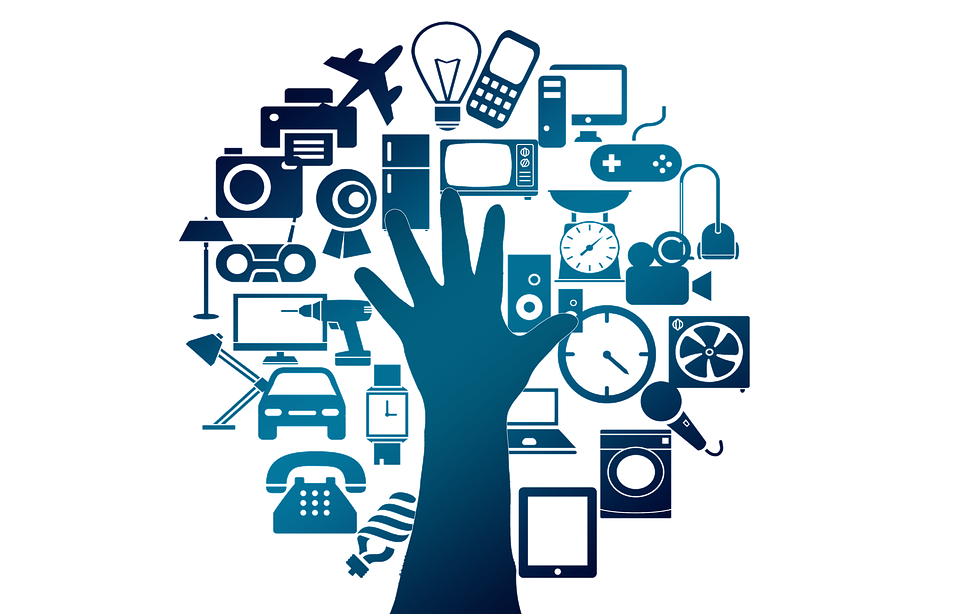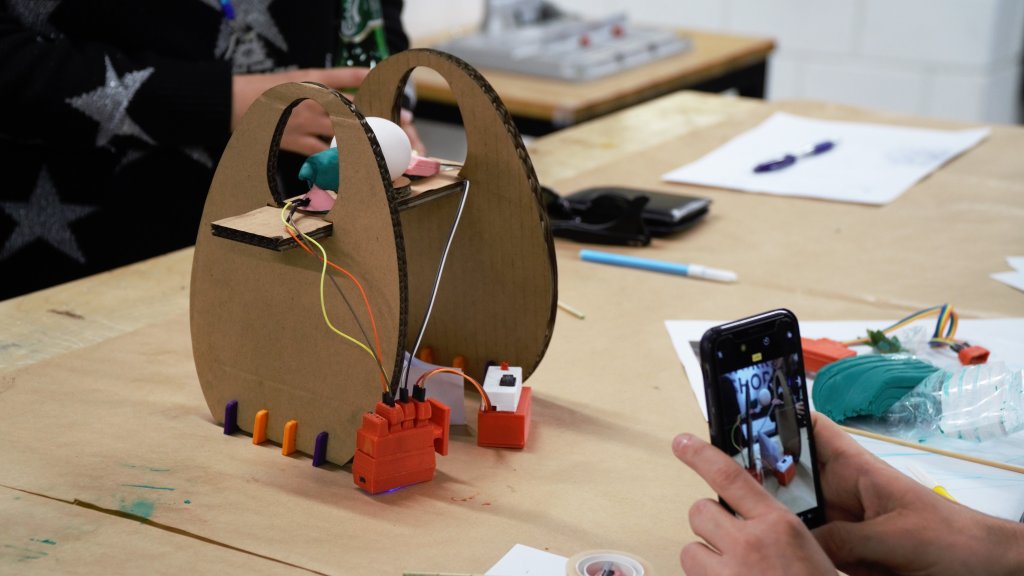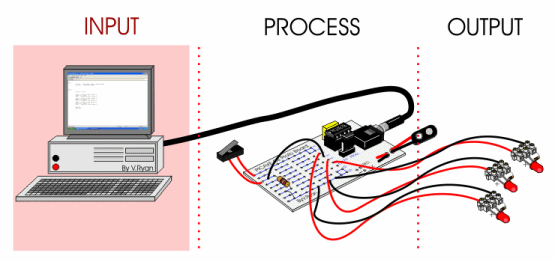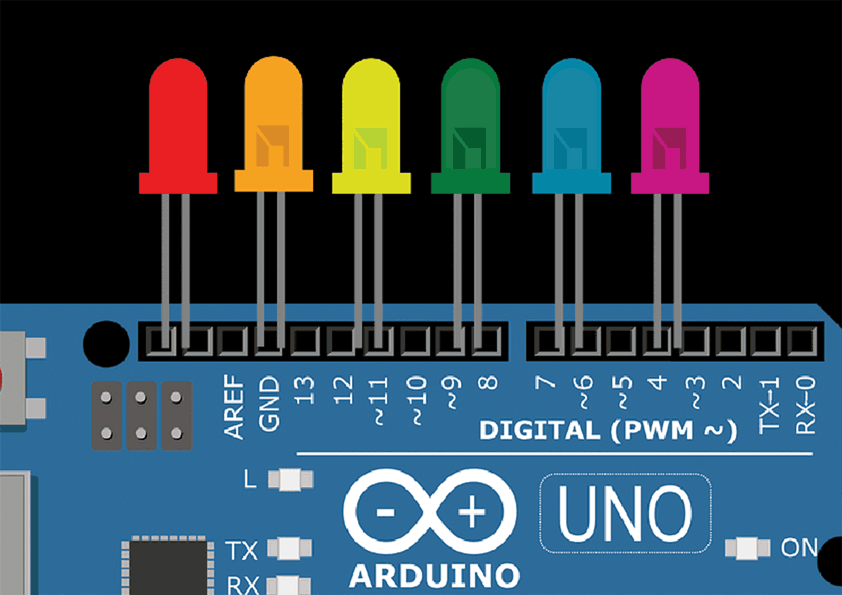The IoT Revolution and its related issues:
Electric Circuits, Arduino, Raspberry Pi and Other Transformers
Electrical circuits are found today in almost every physical product sold in stores, in an era where the products around us are becoming more and more smart, probably the amount of electrical circuits inside traditional physical products will increase. The wisdom of electronic products and with them the wisdom of the Internet of Things (IoT) is expressed in their ability to upgrade and contain new capabilities that serve our needs in the most faithful way.
The relationship between us and the electronic products or electrical circuits we use is based on communication. Whereas in the past most of the communication of human beings with electronic products was done with the push of a button on the product itself and later on a remote control, today a high percentage of communication with products is done with the help of the Internet and applications connected to it. The products can be operated from an unlimited distance as they are connected to the Internet with the help of electrical circuits, so the application allows control with the help of the Internet in the product operations.
Our ability to communicate with various objects around us with the help of the Internet is called IoT-Internet of Things. The ability may sound simple, but it puts the world of electronics on the brink of a revolution whose signals we see today are only a tiny part of its future results. This is about the fact that the IoT revolution is not only a revolution in the field of communication between us and the products, but also the communication between the electronic products among themselves on the Internet basis.

IoT Revolution: This is just the beginning
The beginning of the revolution can be seen today. For example, activating the air conditioner with the help of an app when you are not at home, activating cameras connected to the Internet and various developments in the field of “smart home” or “smart cities”.
The smart home principle actually promotes communication with products and between products one step further. The smart home is based on communication between different objects in the home and reduces human intervention in their operation. The communication is based on different sensors arranged within different electrical circuits that are connected to the electronic devices and receive information from the environment. The information received from the sensors is processed by software and converted to the response of the electronic devices.
Think for a moment about how much the electronic devices we know today still need us to operate. For example the gas closure when the food is ready is based on human judgment that processes the data and turns off the gas. And human judgment has its direct meaning, of course – human error. Human errors in the operation or non-operation of devices can amount to insignificant consequences but can sometimes amount to fatal consequences and fatal accidents.
Now imagine that the devices around us, at home, at work, in the car and anywhere else – are aware of their environment and react accordingly. For example, a sensor that picks up the amount of gas in the room detects a gas leak and turns off the stove or at least reports it to the homeowners in an immediate message to the cell phone – this future is already here!
If you thought IoT had already become a common ‘buzz’ word, this is just the beginning, nowadays more and more devices based on digital communication are being developed between sensors that receive information from the environment and electronic devices that communicate with each other on an internet basis. The most important part of this revolution is that it is in the hands of the masses. Whereas in the past in order to develop an electrical circuit or a smart product required a resource-intensive development department, backed by a huge company with large budgets, today independent, curious, micro people with innovative thinking like us and like you do.

Entrepreneurial transition by independent individuals is made possible thanks to relatively inexpensive electronic components that provide fast self-taught learning and effective professional courses such as the ‘Electrical Circuit Design Course’ or Arduino workshops, for example. Today, there are a variety of electrical components that enable the creation of countless smart systems based on IoT. Key players in the Internet revolution of things are the Arduino and Raspberry Pi boards.
Arduino
What is Arduino?
Arduino is an electronic component that can be easily programmed. Similar to our computers, the Arduino is based on an electrical circuit that contains an input and output mechanism – it receives information from various physical sensors and allows the creation of a response to them, by absorbing and emitting electrical voltages.
Sounds like a relatively simple operation – but it is the one that allows the creation of countless innovative inventions that turn the mechanisms we know into a smart system that suits our personal needs. Without a development department within a huge company, only a person with an idea, a passion for learning and research, several lessons in an electrical circuit course or Arduino workshops and one microcontroller are needed.
With the help of Arduino it is possible to produce systems of devices that work together and respond to each other according to the data obtained from the various sensors connected to the Arduino board. This ability enables the creation of various means for a variety of purposes in various areas, which we will detail below. The Arduino system consists of two necessary components and variable additions: the Arduino board, the Arduino software (code) and sensors selected according to the operation that the system is intended to perform. The Arduino board is a printed circuit board with a number of electronic components. There is a wide range of Arduino boards that differ from each other in a number of features – convenience and ease of work, common, form of communication with the computer, and various other differences.

Using the software, the code that will activate the Arduino is written. The code can be quickly loaded into the Arduino system using a USB connection.
Additional electronic components can be connected to the Arduino according to the purpose of the project. For example, sensors, various detectors (motion, temperature, light, GPS, etc.), LED lights, remote control means (WIFI) and household electronic devices (kettle, electric doors, heater, etc.).
Arduino-based project – Wall-E robot. Read more about the project
Raspberry Pie
What is Raspberry Pi and what are the differences between Raspberry Pi Arduino
The Raspberry Pi and Arduino, both very common development boards, are basically two tiny computers. Both boards are a platform for developing smart systems that respond to each other and environmental conditions by processing different information data. The Arduino and Raspberry Pi are designed for a diverse target audience from the most inclined engineers to children. The boards are easy to learn and allow countless variations for different systems that are limited solely by the imagination of the creators.
So what exactly is the difference between Raspberry Pie and Arduino?
Each of the boards has different characteristics and they differ in the amount of memory, CPU strength, amount of RAM, etc … These characteristics affect the function of the board. The Arduino is designed to perform simpler operations based on convenient interface of the board to various components. Arduino is generally more suitable for performing hardware projects. Arduino boards are more suitable for beginners as they are easier to initial operation, there is no need to download software other than Arduino software and it is easier to understand how to use it.
The Raspberry Pi has greater computing power than Arduino and is suitable for more complex computing tasks (processing a larger amount of data, for example image processing). However the speed of the board’s response to data obtained from different sensors is slower. That’s why Raspberry Pi is better suited for software-based projects. Although the Raspberry Pie boards are suitable for easy and convenient learning for people without a preliminary background, their learning is a little more complex than learning Arduino.
Usages
Arduino and Raspberry Pi systems are the ultimate tools for removing barriers in electronics for people without experience in the field or for people who are not professional enough in the development and editing of electrical circuits. The systems are simple to understand and learn and therefore allow people with no experience in electronics to create fully active electronic products on their own and in a relatively short learning time. Product Development of Electronic is generally perceived as belonging to giant companies that specialize in Product Production and Development But today it is possible to develop unique electronic products even without prior experience or knowledge in the field of electronics, with the help of such systems that are usually reserved for prototype worlds (Prototyping) or performing programming proofs (Proof Of Concepts). In addition, after learning the basics for Arduino or Raspberry Pi, you can create countless diverse products. A huge community of people developing products Have different functions and goals with the help of the Arduino system around the world, so there is a diverse database of ideas for different products on the Internet and guides on how to create them with the help of the Arduino.
As mentioned earlier, Arduino and Raspberry Pi boards receive information received from an external sensor – for example a switch, motion sensor, light sensor and more Countless diverse and innovative technological projects in various fields. Here are 10 cool projects for Arduino uses:
The technology of the IoT revolution is already here, and new developments in the field of hardware or in Access to professional knowledge causes the leakage of the revolution to come closer than ever. Each and every one of us can take part in it and create our own innovative products or technological developments.
Integration of smart systems is relevant in every field from simple household needs like turning off the stove during a gas leak to creating huge smart systems that communicate with each other and contribute to our safety, health, quality of life, comfort and more…
Today, engineers, industrial designers, product managers, software people, developers, researchers, educators, students, retirees or young people in general, are already learning to use Arduino boards and even teach others to make their own systems and perform prototyping. Do not be left behind, let’s learn the technological tool that will allow you to break through the boundaries of the imagination and give freedom to your ideas – become reality.
We at IMPACT LABS hold every 3 months Professional courses in the development and editing of electrical circuits and Daily Technology Workshops which are an introduction to the world of electronics. Ccontact us and fill in your details to learn more about our opportunities to acquire knowledge in the field.



